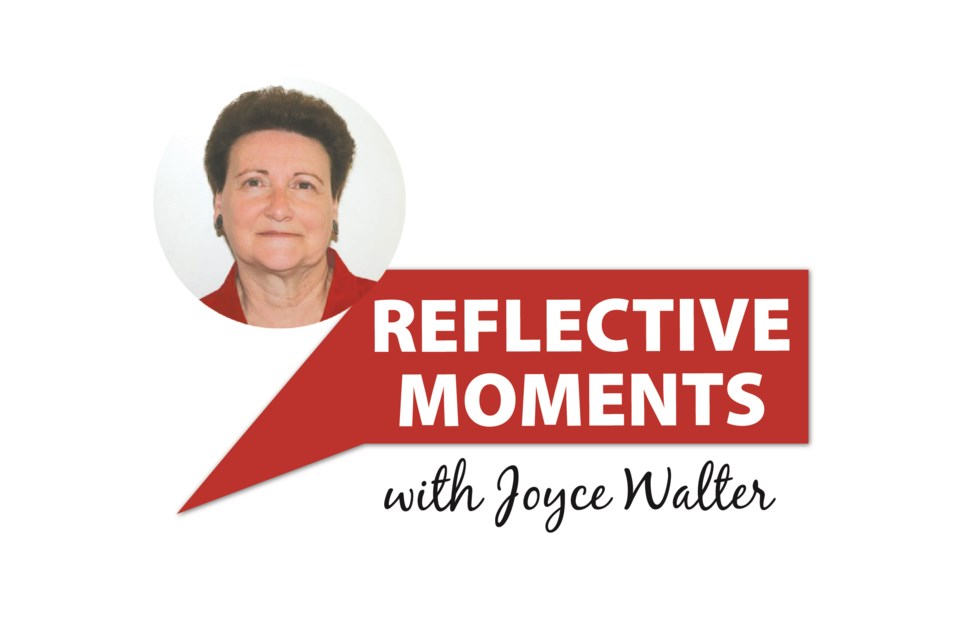Editor’s Note: This column was first published on June 15, 2015 just before the annual Hometown Fair. It gave an historical look at fairs of the past and paid tribute to the individuals who devoted so much time and effort to organize and support community fairs. The column is reprised this week, in a welcome back to the Moose Jaw Hometown Fair and the Eyebrow Fair after a two-year absence during the pandemic.
• • •
The carnival trucks are on the road and livestock exhibitors are preparing their animals for another round of shows and competitions.
Children are excited about the possibility of petting some animals and teenagers can’t wait to get on the roller coaster with their friends.
Foodies will be looking for the best deep fried food, from pickles to cheese cakes, and there will be long lines to sample the first mini donuts of the season.
It is fair time on the Prairies. While the style of the fair has changed over the years, the tradition has been maintained in various forms, offering competitions, entertainment and opportunities to meet friends and neighbours around the free stage, the food court or in the barns checking out the horses, cattle and other livestock areas.
Back in 1924, a district family was preparing to enter the swine show at the Provincial Exhibition in Regina. Keith Delahey, in his many collections of memorabilia, proudly shows off the official catalogue from that exhibition. His grandfather, J.O.L. de la Hey of Tuxford was one of 20 exhibitors in the swine department of the Provincial Exhibition.
Keith says his grandfather got the runt of the litter and despite that apparent setback, took his Yorkshire entry to the fair and came home with first place in his division. The swine department also had classes for Berkshires, Tamworths and Hampshires.
That year Haggerty and Black and C. Harlton of Belle Plaine had cattle entered in the show. By far though the largest contingent of Moose Jaw area exhibitors went into the horse classes, including J. The of Moose Jaw, H. Black, J. Haggerty and Haggerty and Black of Belle Plaine, A. McLaren of Pense, W.H. Miller and J. Massey of Avonlea and A. Nolan of Rouleau.
A glance through the “free catalogue” showed that T. Eaton Company of Regina donated four gold watches as prizes while Beaver Lumber gave the princely sum of $15. While the majority of prize money came from breed associations, Great West Saddlery contributed a shield and five watch fobs and assorted individuals provided silver medals, cups and shields.
Throughout the A circuit of fairs, it was noted that more than $400,000 was offered that year in prizes and purses. Those fairs included Brandon, Edmonton, Calgary, Saskatoon and Regina. Six years later Vancouver and New Westminster qualified for the A circuit. The B circuit in those years involved fairs in Weyburn, Estevan, Portage la Prairie, Dauphin, Yorkton, Melfort, Red Deer, Camrose, Lethbridge, Lloydminster, North Battleford and Prince Albert. Moose Jaw was considered a B fair but at that time was not a member of the Western Canada Fairs Association that governed the B fair circuits and shows.
On the secondary B fair circuit was Carman, Assiniboia, Kindersley, Rosetown, Kerrobert, Vegreville, Vermilion, Wainwright and Stettler.
All departments of the 1924 Provincial Exhibition were supervised by “gentlemen” board members and volunteers: executive and finance, advertising, agriculture, attractions, auto tourists and Boy Scouts, concessions, dairy, education, farm boys’ camp (no girls’ camp), fine arts, grandstand, implements, industrial and automobile, grounds and buildings, livestock, gates, poultry, races, reception, school exhibits and sports.
There was also a midway division and in 1930 much attention was given to the Morris and Castle Show, a new midway making its first appearance in Western Canada, coming from the United States in more than 25 railway cars. The midway, with 21 shows and 17 rides, would arrive in the early morning the day before the fair, and by noon the next day would be set up and ready to greet the eager visitors.
The shows listed by the company included a wild west show with cowboys and cowgirls, an athletic show with the middle weight champion meeting all comers, Dixie minstrels, Vaudeville show, the body of John Wilkes Booth, (assassin of Abraham Lincoln), a water circus, trick riders on the wall of death and a dog and pony show, plus other shows of an entertaining and educational component (known back then as freak shows.)
American fair organizers had this to say about Morris and Castle: “The Legion (fair sponsor) does not need to apologize for the Morris and Castle aggregation as might be the case with a great many kindred attractions which infest the country. We have given the show a personal once over and find them clean, attractive and honestly conducted. There is no girl show, no obscene or objectionable scenes or lines, with no hint of the indelicate.”
And so as patrons prepare to attend fairs and exhibitions, possibly they should stop a moment to consider the people of all those years ago who set the foundation for fairs of today.
Joyce Walter can be reached at [email protected]
The views and opinions expressed in this article are those of the author, and do not necessarily reflect the position of this publication.




